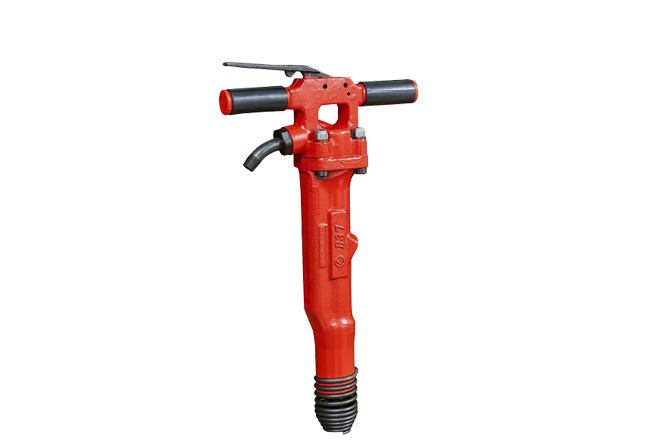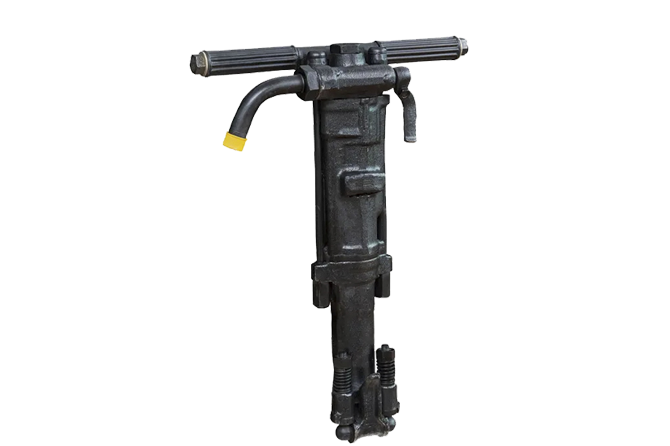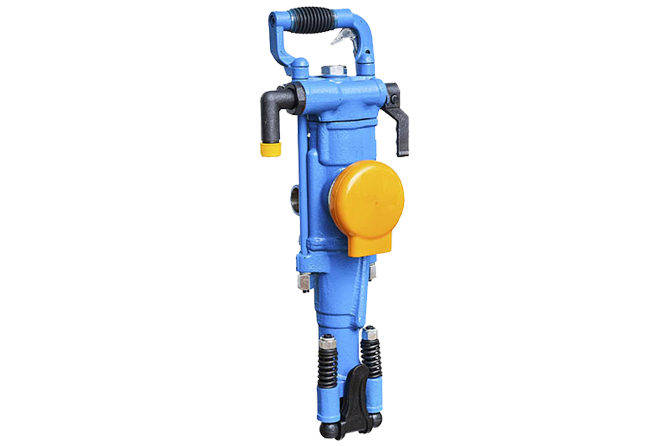William Mcreavy, an inventor extraordinaire, dreamed up the concept of the jackhammer. A futuristic wonder, this powerful tool incorporates a hammer and chisel into a single device and quickly made its way to markets across the globe when Charles Brady King purchased the patent. Not limited to one type of power supply, this multi-faceted tool can use either compressed air or electricity to get its job done. Hand-held variations operate with air while larger, heavier models are usually mounted on a hydraulic or pneumatic rig.
At the end of an extender, the hammer is typically attached, creating a connection that accommodates numerous bits. The most prevalent of these being the flat chisel, yet demolition styles exist to form dissimilar shapes – like a pointed piece for pulverizing concrete or a blunt bit for fragmenting rock. To accomplish this, the chisel is embedded in the workpiece then as the hammer is ascended and descended, it dispatches repetitive strikes that slowly erode away the workpiece.
The jackhammer applies a large amount of force to a chisel, allowing it to break through hard materials. The power of the hammer is transferred to its chisel in the form of kinetic energy; however, this process is not entirely efficient, with some of the force being dissipated as heat and sound.
In 1848, the concept of the steam-powered drill was approved with the patenting of Anthony Michell’s invention, proudly originating from Australia.[3] Shortly thereafter, this life-altering tool was transferred into the hands of Henry Townshend of England, who would go on to promote the mighty steam hammer to the world.
Charles Brady King revolutionized the American construction industry in 1882, with the invention of the first-ever pneumatic jackhammer. This new machine ran on compressed air, making it significantly quieter and more efficient than its steam-powered predecessor.
In 1898, Germany’s Herman Frnz unveiled a revolutionary invention – the world’s first electric jackhammer. Its efficiency was superior to that of the traditional steam hammer and its practicality earned it immediate favor among the German military, who quickly utilized it in trenches for combat.
The term “jackhammer” is a combination of the words “jack” and “hammer”. The word “jack” was a widely used designation for machines that were powered pneumatically or hydraulically, while the word “hammer” referred to the striking component that was fitted with the apparatus.
In the 19th and early 20th centuries, ‘lumberjacks’ were an integral part of the US economy, taking the lead in harvesting trees, cutting them down to size, and delivering the resultant timber to lumber yards and other associated markets.
Those typically seen in the logging industry, lumberjacks are also found in vast numbers working with the forest Service and other forestry occupations. Rather than only logging in rural forests, they can be found trimming and removing trees from urban parks too.
Lumberjacks are experts in the art of felling and cutting trees into lumber, and they possess a broad array of tools to do the job. The most common choice is the chainsaw, but axes, saws, and a variety of other hand tools are also employed in the craft. The professionals are often adept at managing these instruments, and some even have proficiency with skidders, feller bunchers, and other types of heavy machinery.
The profession of being a lumberjack has been steeped in danger and violence for generations. Stories of roughhousing between these rough and tumble workers pervade the history of the trade. It was for this reason that, in the early 20th century, the Lumberjack World Championships were founded, with the intention of promoting a culture of safety and security in this industry.
A life of sawing and splitting logs, chopping down trees, and living in the wild forests has been given a place in pop culture, most memorably in the form of beloved Disney character Donald Duck, often seen garbed as a lumberjack.
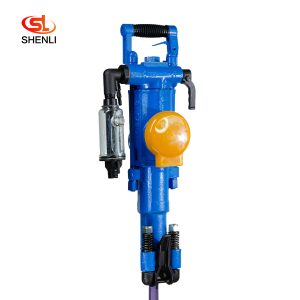
Short Description: YT29A air-legged rock drills are heavy-duty push-leg (air-legged) rock drills with low energy consumption, which are more suitable for drilling horizontal or inc […]
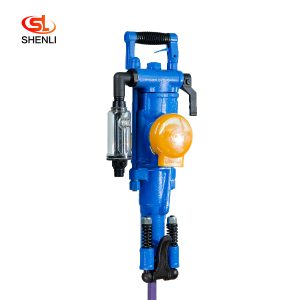
Short Description: The YT28 air-leg rock drill is a kind of high-efficiency, energy-saving and environmentally friendly rock drilling equipment. Compared with similar pneumatic pro […]
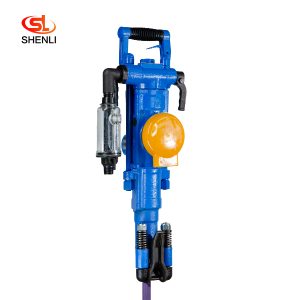
Short Description: The YT27 air-legged rock drill is a highly efficient lightweight rock drill suitable for downward or inclined drilling in medium-hard or hard (f=8 – 18) ro […]
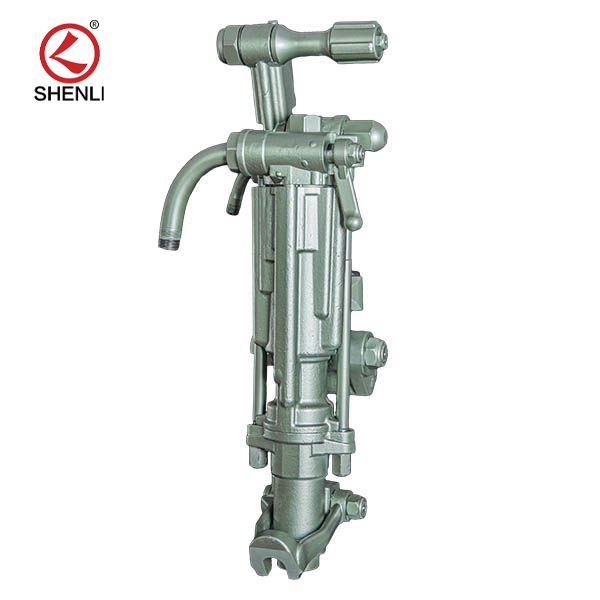
Product description: (S250 jackleg Drill) has been the preferred choice of miners who demand high performance, superior control and lasting reliability. the S250 jackleg allows ope […]
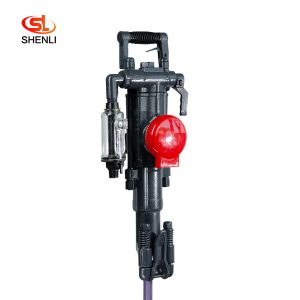
Scope of application: Model S82 air-legged rock drills are heavy-duty air-legged rock drills with high efficiency and low consumption, which are especially suitable for use in the […]
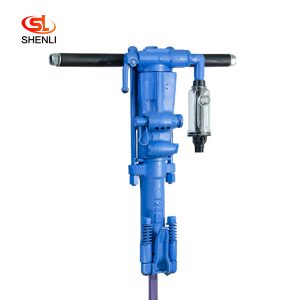
Product introduction Y26 hand-held rock drill is mainly used for drilling shell holes and secondary blasting in mines, railroads, water conservancy, and rock works, which can dry a […]
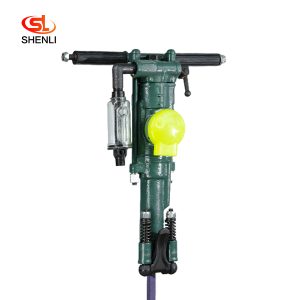
Product description: Y24 hand-held rock drill is a variant of YT24 air-leg rock drill in our factory. It has the advanced level in China and was rated as the high quality product i […]
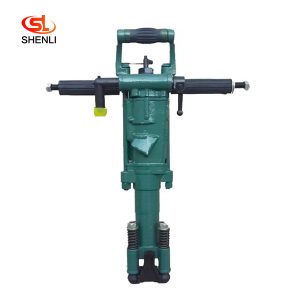
Product description: Y20LY hand-held pneumatic leg dual drill is a kind of light rock machinery, which can be used in secondary blasting in mines and quarries as well as in stone w […]
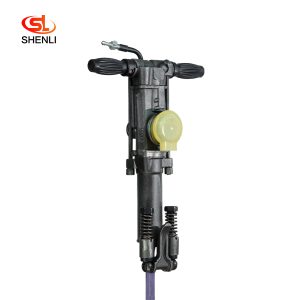
Product Description: Y18 hand – held and air – leg drill is suitable for drilling and blasting holes on soft, medium and hard rocks and W-1.5/4, W-1.8/5, W-2/5 and othe […]

